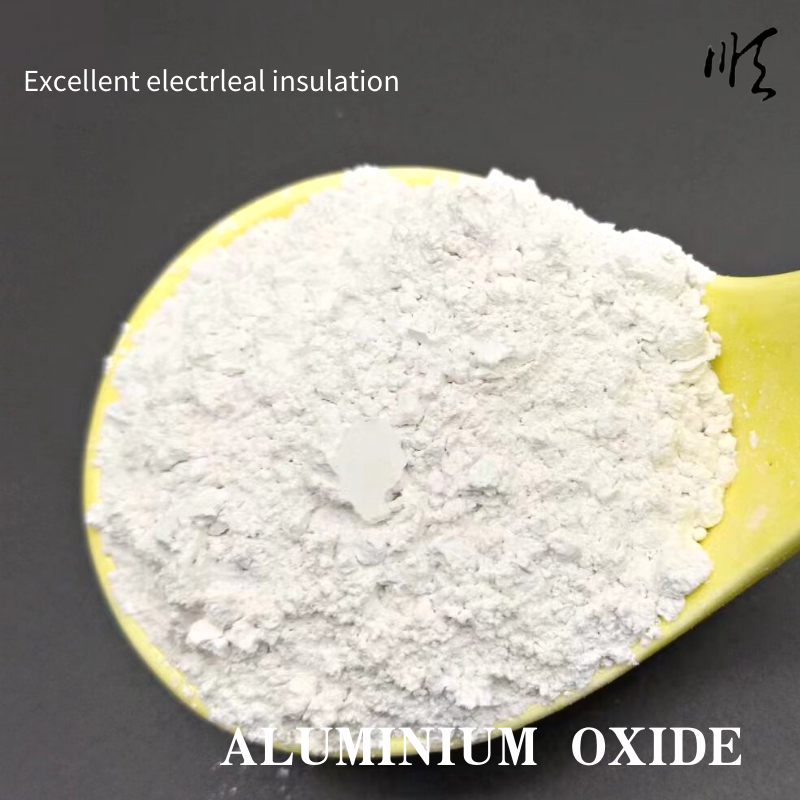
chalk is calcium carbonate
Chalk The Fascinating World of Calcium Carbonate
Chalk is often perceived as a simple, mundane substance, commonly seen in classrooms where teachers write on blackboards. However, this unassuming material has a rich and multifaceted story rooted in chemistry, geology, and even art. At its core, chalk is primarily composed of calcium carbonate (CaCO₃), a compound that not only plays a crucial role in various biological processes but also has significant industrial applications.
The Composition and Formation of Chalk
Calcium carbonate is made up of calcium, carbon, and oxygen. It occurs naturally in various forms, including limestone, marble, and chalk itself. Chalk forms primarily from the accumulation of tiny marine organisms, such as foraminifera and coccolithophores, which have calcium carbonate shells. Over millions of years, these organisms have settled on ocean floors, where geological forces crush and compact them. The result is a soft, white sedimentary rock, typically composed of over 90% calcium carbonate.
Geologically, chalk is often found in large deposits, particularly in regions such as the White Cliffs of Dover in England, which are composed of chalk that has been thrust upward over time due to tectonic activities. The formation of chalk is heavily reliant on environmental conditions, including temperature, water chemistry, and the availability of calcium ions in the oceans.
The Uses of Chalk in Everyday Life
One of the most common uses of chalk is in educational settings. Teachers rely on chalk to write on blackboards, using its fine texture to create clear, legible markings. The ability to easily erase chalk from a surface also adds to its utility in classrooms. However, the role of chalk extends far beyond the educational sphere.
In the field of construction, limestone (which is primarily composed of calcium carbonate) is quarried and crushed to produce cement, an essential material for building and infrastructure development. These applications underline chalk's role as a foundational building block in human civilization.
Moreover, chalk is used in various industrial processes, such as the production of glass and steel, as well as in the manufacture of paint, rubber, and plastics. Its properties as a filler make it valuable in enhancing the texture and durability of these products.
chalk is calcium carbonate

Chalk in Art and Culture
Chalk has also played an integral part in art and culture throughout history. Artists have long favored chalk for its accessibility and versatility. It has been used to create stunning drawings, detailed illustrations, and even large-scale murals. The soft texture of chalk allows for a range of techniques, from detailed line work to blending and shading.
In addition to its role as a medium for artistic expression, chalk has cultural significance in various rituals and traditions. In many cultures, it is used to create protective symbols or to mark important events. For instance, colored chalk is often used in festivals to create intricate designs on the ground as a form of celebration and devotion.
Environmental Implications and Sustainability
The extraction and use of chalk, like many natural resources, come with environmental considerations. Although chalk is abundant, mining practices can lead to habitat destruction and ecological imbalance. Therefore, sustainable practices are essential to minimize the impact of chalk extraction on the environment.
Moreover, calcium carbonate plays a role in mitigating climate change. Through a process called carbon sequestration, some geological formations that include chalk help capture carbon dioxide from the atmosphere, thus aiding efforts to reduce greenhouse gas emissions.
Conclusion
Chalk, primarily composed of calcium carbonate, is more than just a classroom tool; it is a substance that bridges numerous fields, from geology and industry to art and culture. Understanding its properties and applications reveals a wealth of knowledge about the natural world and the ways in which humans interact with it. As we continue to utilize and study chalk, we gain insight not only into chemistry and geology but also into the very fabric of our societal development. As we look to the future, integrating sustainable practices in chalk production and consumption will be vital in preserving this remarkable material for generations to come.
Share
-
Vermiculite Wholesale – Premium Quality, Bulk Supply & Competitive PricingNewsJun.10,2025
-
Premium Glass Pebbles Custom Glass Pebbles Factory & OEM Manufacturer Reliable Custom Glass Pebbles FactoriesNewsJun.10,2025
-
Expert Custom Zeolite Producers Manufacturers & FactoriesNewsJun.10,2025
-
Custom Glow in the Dark Beads High-Quality Custom ManufacturersNewsJun.10,2025
-
China Ceramsite Balls Factory - Lightweight & Durable Media Solutions ManufacturerNewsJun.09,2025
-
Custom Matte Mica Powder Manufacturers High Quality & AffordableNewsJun.09,2025






